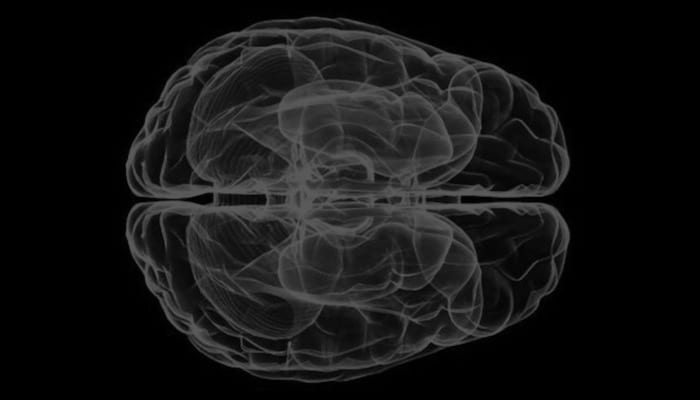Pseudobulbar and bulbar palsies
aka Neurological Mind-boggler 005
You have an emotionally labile patient in the department who sounds like ‘Donald duck’. Before rounding up some students to ‘pimp‘ you decide to test yourself on bulbar and pseudobulbar palsies so that you don’t get caught out…
Questions
Q1. What neurological lesions are involved in bulbar and pseudobulbar palsies?
Answer and interpretation
A bulbar palsy is a lower motor neuron lesion of cranial nerves IX, X and XII.
A pseudobulbar palsy is an upper motor neuron lesion of cranial nerves IX, X and XII.
Q2. What are the clinical features of a bulbar palsy?
Answer and interpretation
The clinical features include:
- Gag reflex – absent
- Tongue – wasted, fasciculations
“wasted, wrinkled, thrown into folds and increasingly motionless”. - Palatal movement – absent.
- Jaw jerk – absent or normal
- Speech – nasal
“indistinct (flaccid dysarthria), lacks modulation and has a nasal twang” - Emotions – normal
- Other – signs of the underlying cause, e.g. limb fasciculations.
Q3. What are the clinical features of a pseudobulbar palsy?
Answer and interpretation
The clinical features include:
- Gag reflex – increased or normal
- Tongue – spastic
“it cannot be protruded, lies on the floor of the mouth and is small and tight”. - Palatal movement – absent.
- Jaw jerk – increased
- Speech – spastic: “a monotonous, slurred, high-pitched, ‘Donald Duck’ dysarthria” that “sounds as if the patient is trying to squeeze out words from tight lips”.
- Emotions – labile
- Other – bilateral upper motor neuron (long tract) limb signs.
Q4. What are the causes of a bulbar palsy?
Answer and interpretation
Causes include:
- Motor neurone disease
- Syringobulbia
- Guillain-Barre syndrome
- Poliomyelitis
- Subacute menignitis (carcinoma, lymphoma)
- Neurosyphilis
- Brainstem CVA
Q5. What are the causes of a pseudobulbar palsy?
Answer and interpretation
The commonest cause is bilateral CVAs affecting the internal capsule.
Other causes include:
- Multiple sclerosis
- Motor neurone disease
- High brainstem tumours
- Head injury
References
- Brainstem Rules of 4 (original rules)
- Helpful Brainstem Figures (original figures)
- The rule of 4 of the brainstem (Rules re-imagined)
- Using the Brainstem 1
- Using the Brainstem 2
- The Magic of the Neuro Exam

Neurological Mind-boggler
Chris is an Intensivist and ECMO specialist at The Alfred ICU, where he is Deputy Director (Education). He is a Clinical Adjunct Associate Professor at Monash University, the Lead for the Clinician Educator Incubator programme, and a CICM First Part Examiner.
He is an internationally recognised Clinician Educator with a passion for helping clinicians learn and for improving the clinical performance of individuals and collectives. He was one of the founders of the FOAM movement (Free Open-Access Medical education) has been recognised for his contributions to education with awards from ANZICS, ANZAHPE, and ACEM.
His one great achievement is being the father of three amazing children.
On Bluesky, he is @precordialthump.bsky.social and on the site that Elon has screwed up, he is @precordialthump.
| INTENSIVE | RAGE | Resuscitology | SMACC
